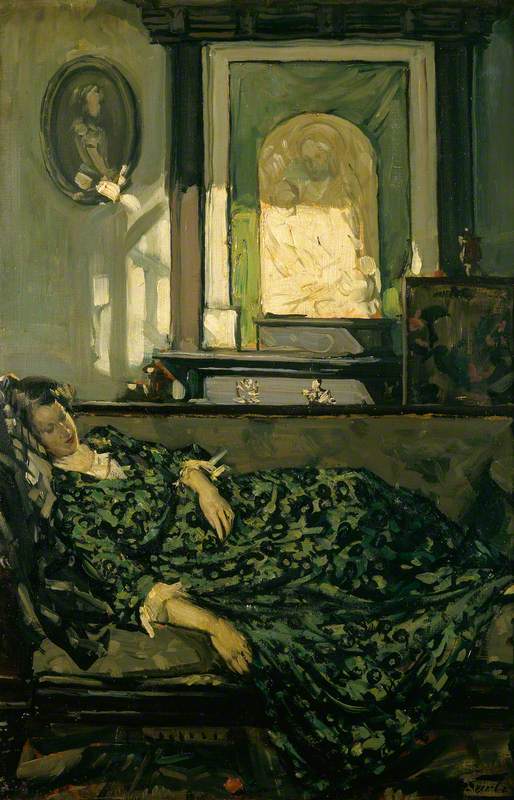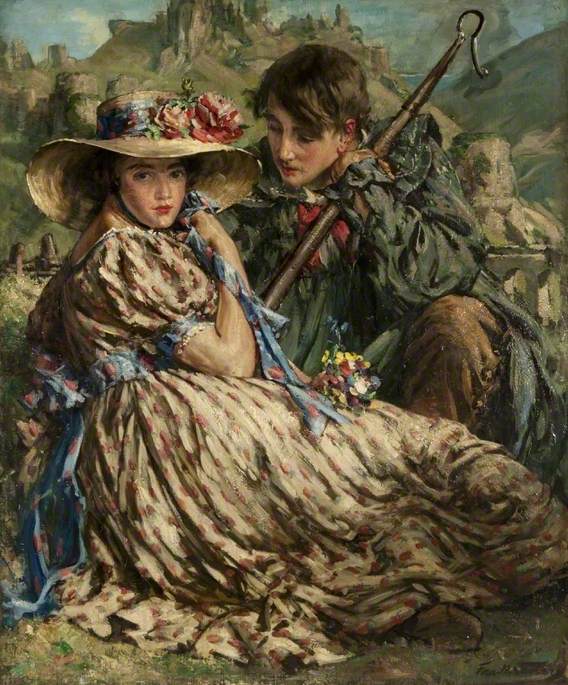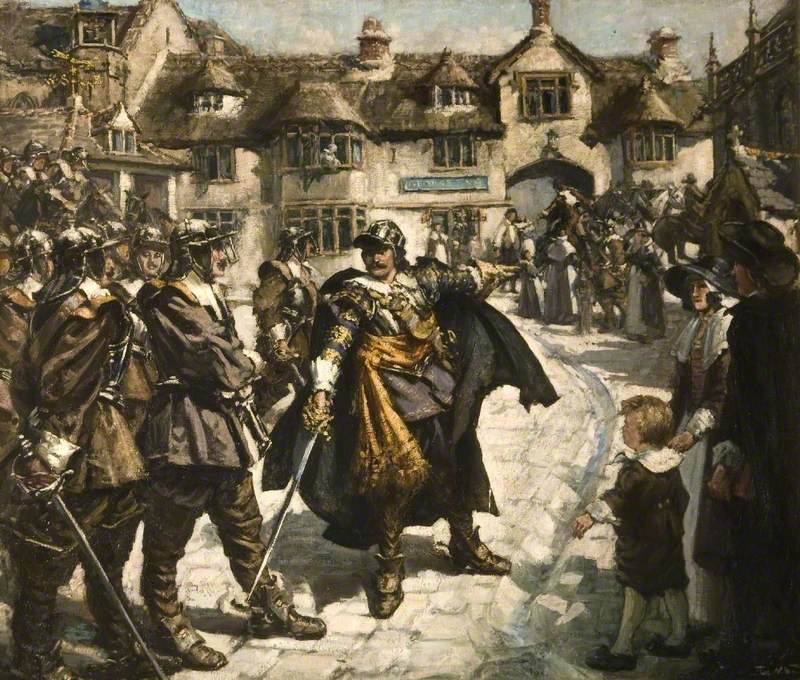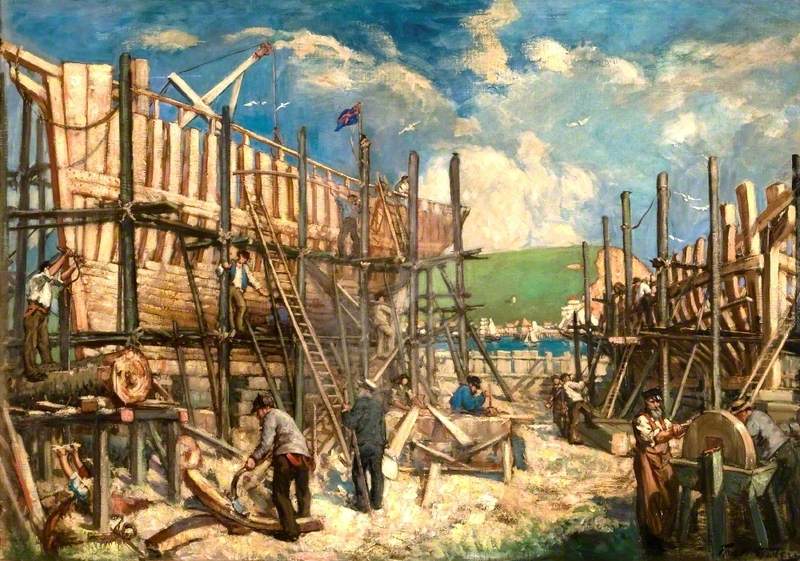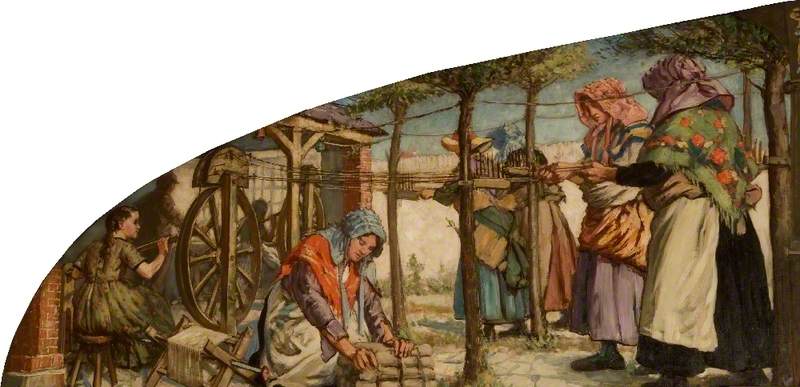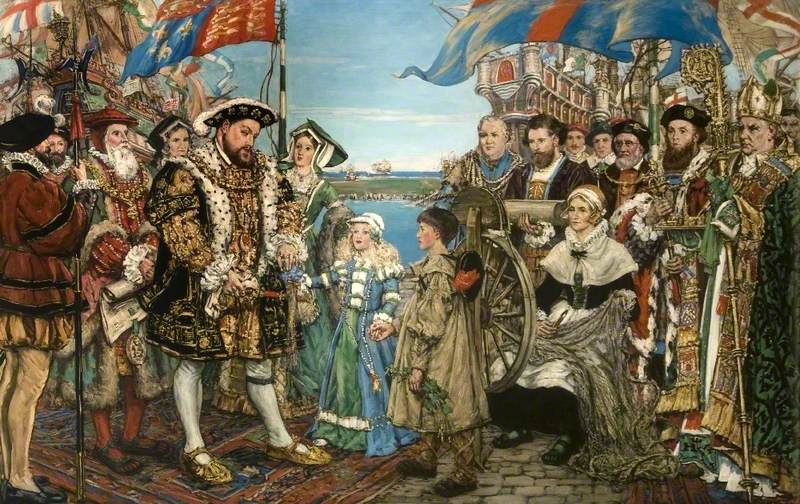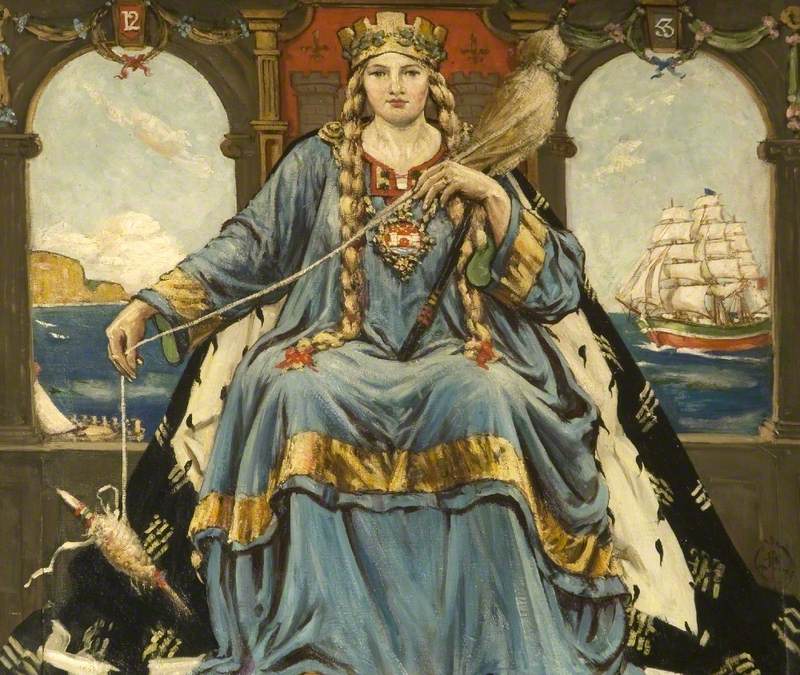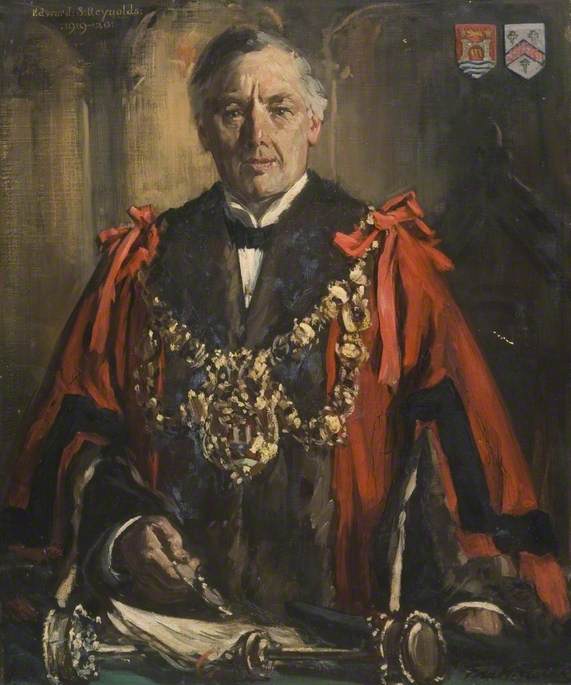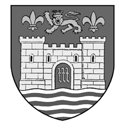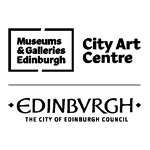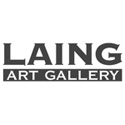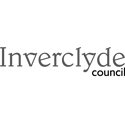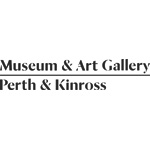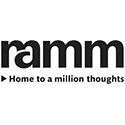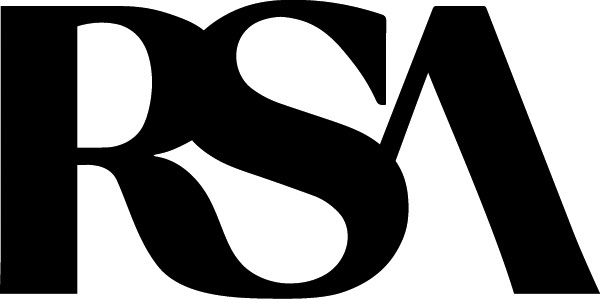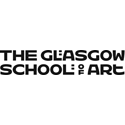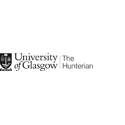Francis Henry Newbery [also known as Fra Newbery; and as Francis H. Newbery] was born in Membury, Devon, England on 15 May 1855. He studied at Bridport Art School in Bridport, Devon from 1871 to 1875 and in 1875 qualified as an art master. He then moved to London and after various teaching posts, entered the National Art Training School in South Kensington in 1877. In 1881 he won a scholarship as a full-time 'Art Master in Training'. In 1885 was appointed Head Master of Glasgow School of Art, a post he held until 1917.
As Head Master at the GSA, Newbery played a pivotal role in nurturing the talents of students, many of whom were to establish international reputations, notably Charles Rennie Mackintosh (1868–1928), Herbert McNair (1868–1953), and Frances Macdonald (1873–1921). He was instrumental in commissioning Mackintosh to designed new premises for Glasgow School of Art.
Newbery was President of the Scottish section of the Prima Esposizione Internazionale d'Arte Decorativa Moderna in Turin, Italy in 1902, which featured the work of several former students of the GSA.
Newbery was a frequent exhibitor at the Royal Glasgow Institute of the Fine Arts. He also exhibited paintings at the International Society of Sculptors, Painters and Gravers, New English Art Club, the Royal Academy, Royal Society of Portrait Painters, and Royal Society of British Artists in London; the Walker Art Gallery in Liverpool; Manchester City Art Gallery; and at the Royal Scottish Academy and Royal Scottish Society of Painters in Water Colours. He was a member of Dumfries and Galloway Fine Art Society, Scottish Guild of Handicraft, and the Glasgow Art Club.
In 1917 he retired with his wife, the painter Mary Newbery, to Corfe Castle in Dorset. He continued to paint and worked on decorative schemes for Bridport Town Hall (1923–27) and at the church of the Holy Ghost and St Edward in Swanage, Dorset (1924–30). He died in Corfe Castle, Dorset on 18 December 1946.
Text source: Art History Research net (AHR net)
